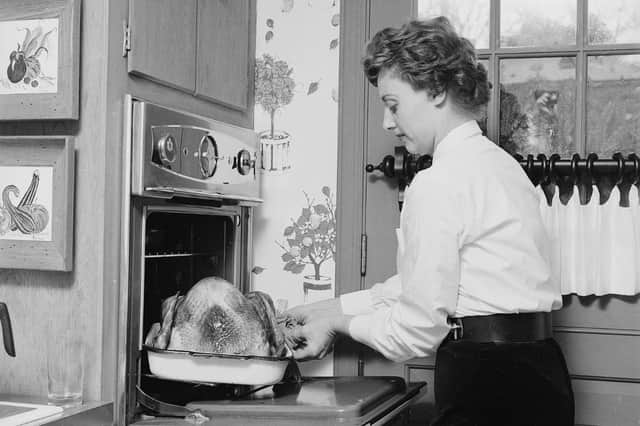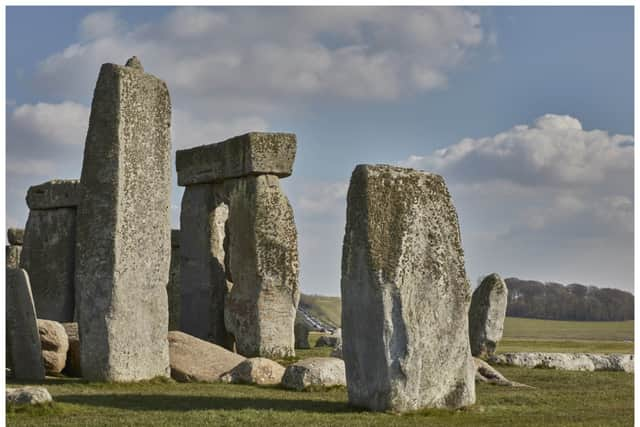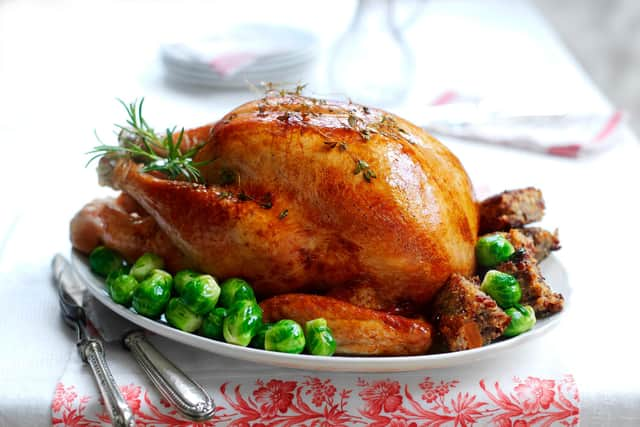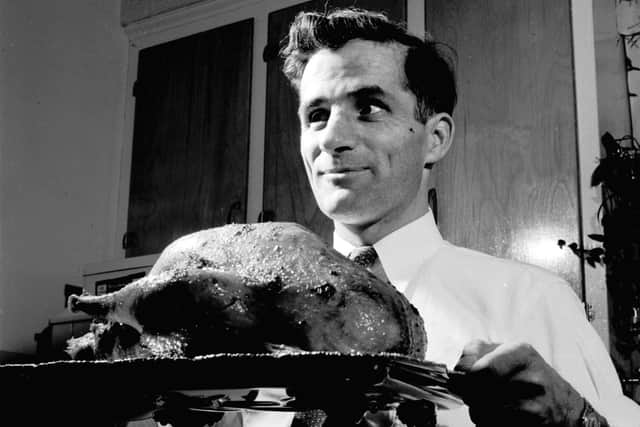The history of Christmas dinner and when the turkey became the centrepiece
This article contains affiliate links. We may earn a small commission on items purchased through this article, but that does not affect our editorial judgement.


During the festive period, families all over the UK will gather gleefully as the Turkey is carved, gravy is poured, and roast potatoes are demolished. Everyone has their favourite item as part of the Christmas dinner - but asking someone 100 years ago would probably give you a very different answer to what you had in mind.
That's because our Christmas feast is one that has changed quite a lot over the years. For example, before the 1500s, there were no Turkeys in the UK to be enjoyed as we have grown accustomed to today.
Advertisement
Hide AdAdvertisement
Hide AdNationalWorld takes a look back at how our Christmas dinner has changed over the years -right to its roots before Christianity.
Neolithic feasts
The Christmas dinner undoubtedly has its roots in the midwinter feast that dates to the Neolithic period (up until 2200 BC). Pork was the main meat on offer and pigs that were around 9 months old - having been born in the spring - would be slaughtered over winter so they could be roasted on spits.
According to English Heritage, beef would have been on the menu too - most likely cooked into stews. An excavation of of the Durrington Walls settlement near Stonehenge found that a lot of bones still had meat on them - indicating there was plenty of food to go around.


Crab apples, hazelnuts, sloes and blackberries were also eaten as people would have gathered to celebrate the winter solstice.
Roman feasts
Advertisement
Hide AdAdvertisement
Hide AdThe Roman midwinter festival of Saturnalia was held in honour of the Roman god Saturn. Starting on the 17th of December, it consisted of up to seven days of parties and public ceremonies
In a big change of circumstances, there would be a household feast, where masters invited their slaves to dine with them or even served their slaves themselves.
The food probably varied depending on the household, but it would have been a rare opportunity for slaves to eat the fine foods normally reserved for their masters, and drink lots of wine.
Gifts would even be exchanged - much like today - and popular gifts included humble writing tablets as well as more expensive things, like exotic animals.
Medieval period
Advertisement
Hide AdAdvertisement
Hide AdFor medieval monks and nuns, the food served in monasteries at Christmas would be much tastier and more exciting than what they would normally eat. Various kinds of fish, often cooked in wine and flavoured with herbs, were enjoyed and monks and nuns also ate pies made up from minced meat or offal served in thick, heavily flavoured gravy.
By the 14th century, monastery tables also included joints of roasted beef, pork and venison. This meat was cooked in its own kitchen and eaten in a special dining hall called the ‘misericord.’ It’s been estimated that at Christmas, monks at wealthy monasteries were eating up to 7000 calories a day.
At castles in medieval England, fancy dishes were served in the wealthiest of castles, and there were larger portions of food and drink in the homes of peasants across the kingdom.
In wealthy households, diners placed small amounts of meat, fish or pottage – a kind of thick stew made from vegetables and grains – onto a thick slice of bread or a hollowed-out loaf, called a trencher. More extravagant feasts included whole boar’s heads stuffed with bacon, salt and spices; spit-roasted peacocks served whole, with the feathers re-attached; and huge quantities of pies.
A Tudor Christmas


Advertisement
Hide AdAdvertisement
Hide AdIt seems that during this period of English history, the food became much more meaty for royal households. The traditional choices were beef, venison and wild boar, but the Tudors also ate a range of wild animals and birds that we wouldn’t eat today, including badger, blackbird and woodcock. Turkeys first came to England during the Tudor period and were seen as an exotic delicacy. They were walked from Norfolk and Suffolk all the way to market in London.
The Tudors also ate Christmas Pie, made of a pigeon, placed inside a partridge, inside a chicken, inside a goose, inside a turkey, inside a pastry case called a coffin, served with hare and other game birds on the side. Now that sounds like an exciting dish!
Georgian Period
At Christmas, wealthy Georgians held lavish dinners and parties. Georgians with deep pockets ate a lot of meat at Christmas, particularly beef, mutton and venison, using it as a way to demonstrate their status.
Poultry was usually served as a side dish, and the main choice of bird was goose, though turkey was now becoming more popular for families who could afford it.
Victorian Christmas


Advertisement
Hide AdAdvertisement
Hide AdRecords of the food eaten at Audley End House in Essex in the 1850s show that some Christmas dinner traditions hadn’t changed that much since the Georgian era.
Most families had roast goose for their Christmas dinner, while wealthier families ate beef, venison and turkey. In the north of the nation, spiced roast beef was the most popular dish.
A more modern Christmas, since the 1920s, a turkey has been the most popular centrepiece of a Christmas dinner.
Most homes were without fridges, so the turkey would have been collected as close to Christmas Day as possible, and would have cost an average person a week’s wages to buy.
Advertisement
Hide AdAdvertisement
Hide AdFor dessert, Christmas pudding was very popular. The recipe for the Royal Christmas pudding was published in 1927, and it included ingredients such as ‘strong ale’. Brandy butter was first served with the pudding in the 1930s, and the custom of pouring alcohol into the Christmas pudding mix when making it started in this period too.
Comment Guidelines
National World encourages reader discussion on our stories. User feedback, insights and back-and-forth exchanges add a rich layer of context to reporting. Please review our Community Guidelines before commenting.
